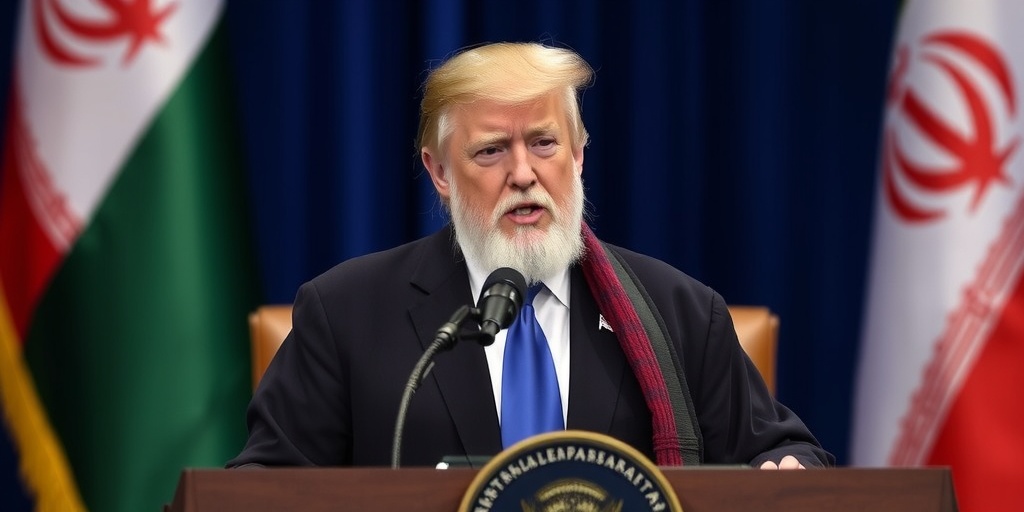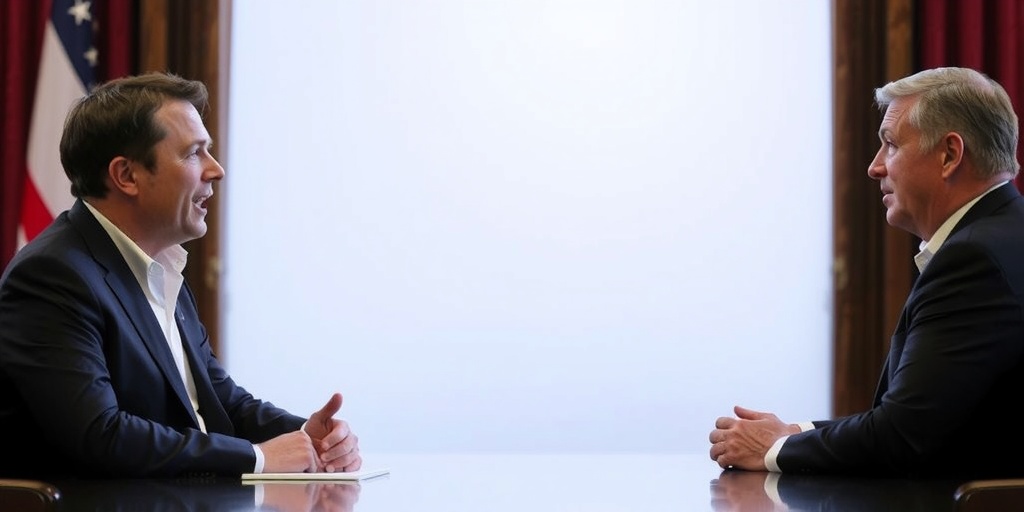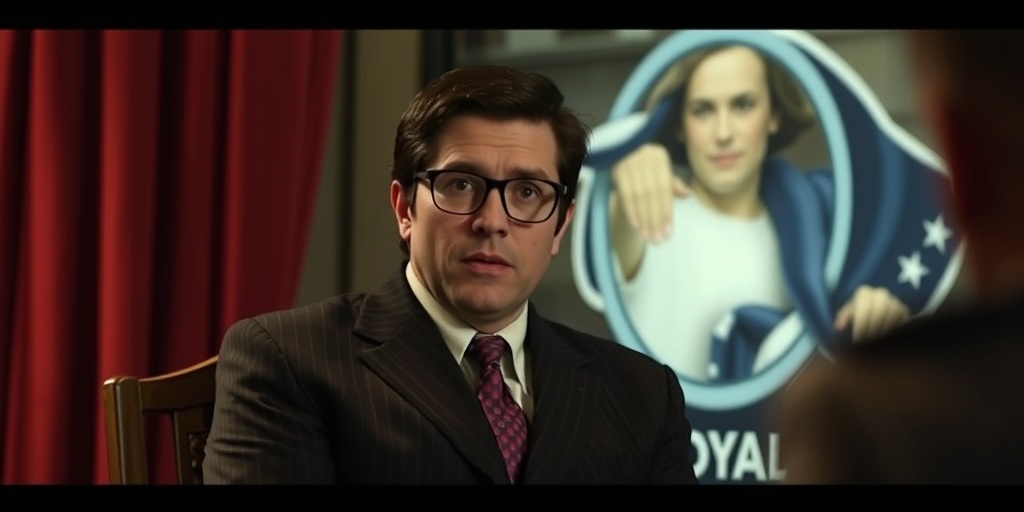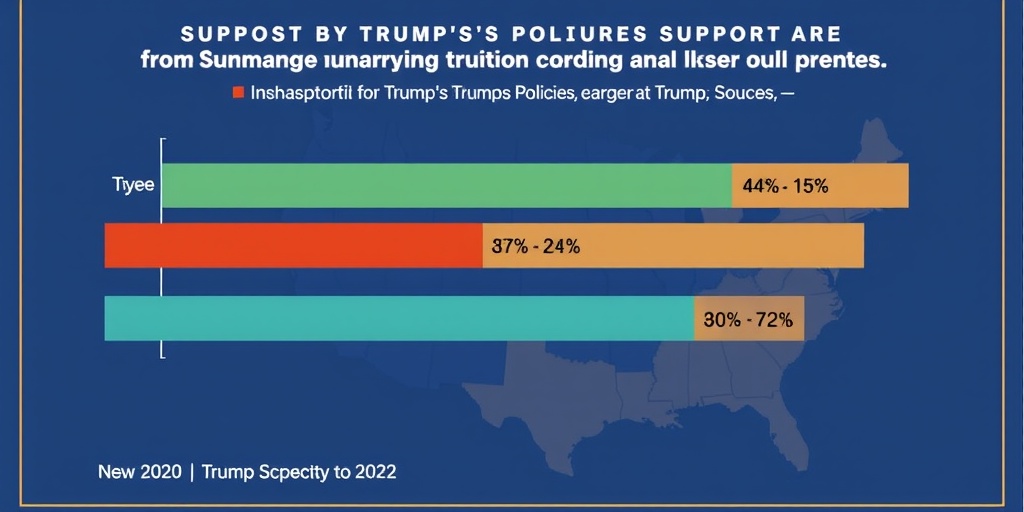Now Reading: George Washington’s Inaugural Coat Exhibit Unveiled at Mount Vernon
-
01
George Washington’s Inaugural Coat Exhibit Unveiled at Mount Vernon
George Washington’s Inaugural Coat Exhibit Unveiled at Mount Vernon
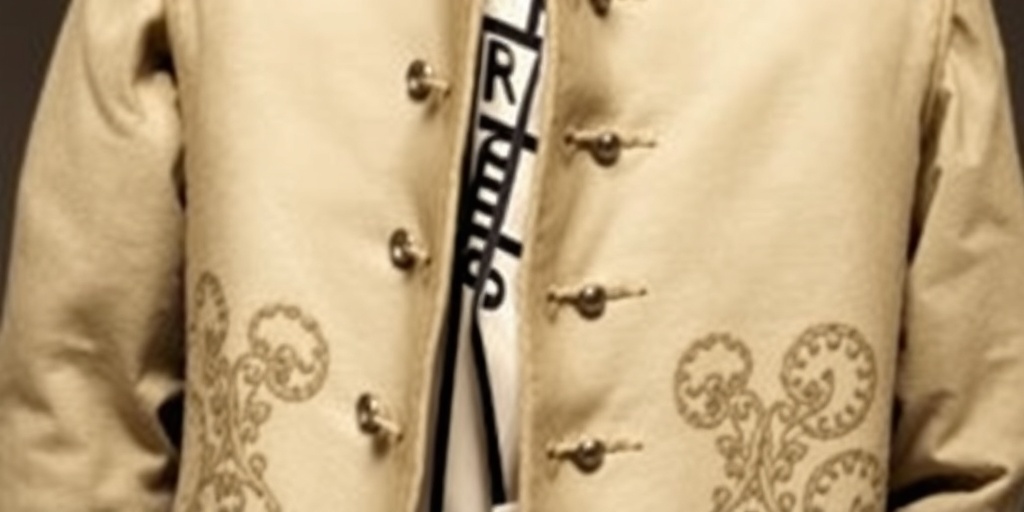
Title: The Political Legacy of Presidential Fashion: A Look at George Washington’s Inaugural Coat
Fashion has long been a medium for political expression, particularly in the context of the U.S. presidency. Throughout history, each president has employed their sartorial choices to communicate their values and connect with the American public, creating a rich tapestry of political fashion that reflects the evolving identity of the nation.
John F. Kennedy is often credited with ushering in the Ivy League style, characterized by slim, single-breasted suits that marked a departure from the rigid fashions of the 1950s. Similarly, Barack Obama attempted to inject vibrancy into presidential attire with a tan suit, only to ignite controversy within the traditionalist circles of Washington. Donald Trump’s adoption of bold, power ties represented a celebration of traditional masculinity, while Joseph R. Biden Jr.’s retro aviator sunglasses have offered a cheeky nod to an aging demographic.
However, long before these modern figures, George Washington made his mark not just as a leader but also as a style icon. At his inauguration on April 30, 1789, Washington wore a relatively simple mid-thigh-length brown coat that spoke volumes about his vision for the nation. This coat, made from American wool, conveyed a sense of humility and purpose, distancing itself from the ornate fashions of European monarchs.
The coat, though fragile and typically stored away, will be displayed at Mount Vernon, Washington’s plantation estate, coinciding with Donald Trump’s anticipated second inauguration. Interestingly, Washington’s choice to wear an unembellished coat was a conscious decision to eschew any semblance of monarchy. Summer Anne Lee, a historian at the Fashion Institute of Technology, pointed out that Washington was deliberately rejecting royal apparel, aiming instead to illustrate his identity as a leader of a democratic republic.
This simplicity resonated with the growing pride among the founders in creating a uniquely American aesthetic. Washington and his contemporaries like John Adams and Benjamin Franklin took pride in their choice of attire, which contrasted starkly with the lavish garments worn by European elites. Such decisions were reflective of a burgeoning national identity, one that favored modesty and integrity over grandeur.
Washington’s attire was influenced by early 19th-century sentiments regarding American-made fashion. A notice in The Federal Gazette advocated that elected leaders ought to wear suits made from American cloth, highlighting a proto "shop local" philosophy. Washington adhered to this advice by choosing to don wool from the Hartford Woolen Manufactory, even acknowledging the fabric’s moderate quality.
The coat was tailored by Caven Bowe, an indentured servant at Mount Vernon, illustrating the complex social dynamics of the time — a founding father relying on the skill of a servant to bring his vision to life. Recently, curators at Mount Vernon established that this very coat was worn during the historic ceremony, providing a tangible connection to the past.
Despite the passage of time, the inaugural coat shows its age, bearing the marks of light damage and pest activity. Much of the original fabric has sustained wear, and many buttons have been removed throughout the years. It has only been displayed a few times, including a recent exhibition at the Metropolitan Museum of Art’s Costume Institute, and is expected to return to storage after its current showcase ends on February 3. While the other components of Washington’s inauguration outfit, such as breeches, a waistcoat, and a decorative neckpiece known as a jabot, have been lost to history, Mount Vernon does possess a double-breasted brown suit from the presidential riding era.
The significance of Washington’s coat extends beyond its material form; it represents an ethos that resonates through to modern presidential fashion. According to Philip De Paola, a graduate student at F.I.T. studying Washington’s attire, the coat signifies a crucial democratic principle: linking the president with the people rather than projecting an image of superiority. This connection, though merely symbolic, is an integral aspect of the American political narrative.
As Americans await the inauguration of the president-elect, societal expectations dictate a return to traditional styles: an unfussy overcoat to combat the January chill, alongside a straightforward business suit that echoes the muted tones of modern political attire. Despite the transition in styles over centuries, Washington’s decision to don a plain brown coat at his inauguration remains a monumental moment in the history of dress, celebrating democracy’s early ideals and the accessibility of leadership.
Therefore, even amid today’s bland uniforms of navy suits and monochromatic ties, Washington’s inaugural coat serves as a reminder of the bold choices and underlying messages embedded in the clothing of those who have held the nation’s highest office. It stands as both a historical artifact and a testament to the important role fashion plays in shaping the identity and legacy of American leadership.
Stay Informed With the Latest & Most Important News
Previous Post
Next Post
-
 01New technology breakthrough has everyone talking right now
01New technology breakthrough has everyone talking right now -
 02Unbelievable life hack everyone needs to try today
02Unbelievable life hack everyone needs to try today -
 03Fascinating discovery found buried deep beneath the ocean
03Fascinating discovery found buried deep beneath the ocean -
 04Man invents genius device that solves everyday problems
04Man invents genius device that solves everyday problems -
 05Shocking discovery that changes what we know forever
05Shocking discovery that changes what we know forever -
 06Internet goes wild over celebrity’s unexpected fashion choice
06Internet goes wild over celebrity’s unexpected fashion choice -
 07Rare animal sighting stuns scientists and wildlife lovers
07Rare animal sighting stuns scientists and wildlife lovers













